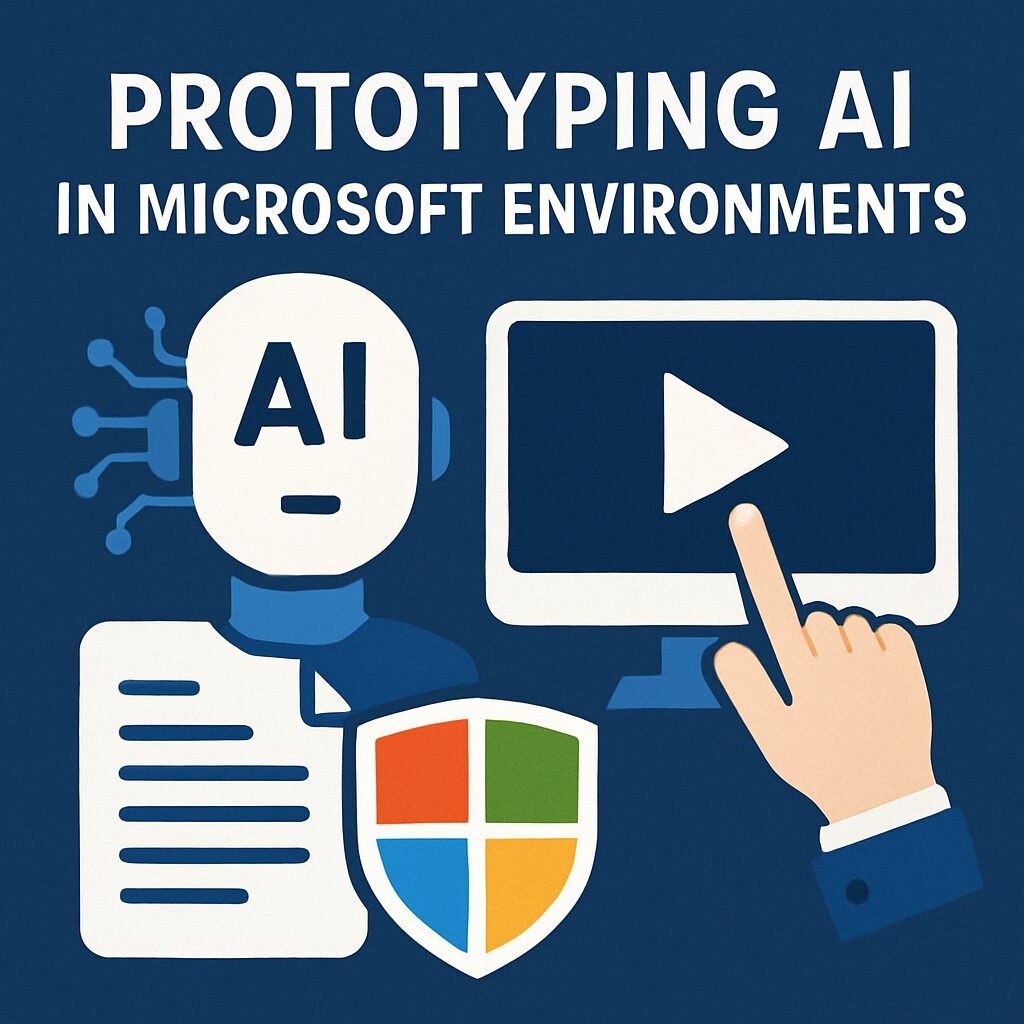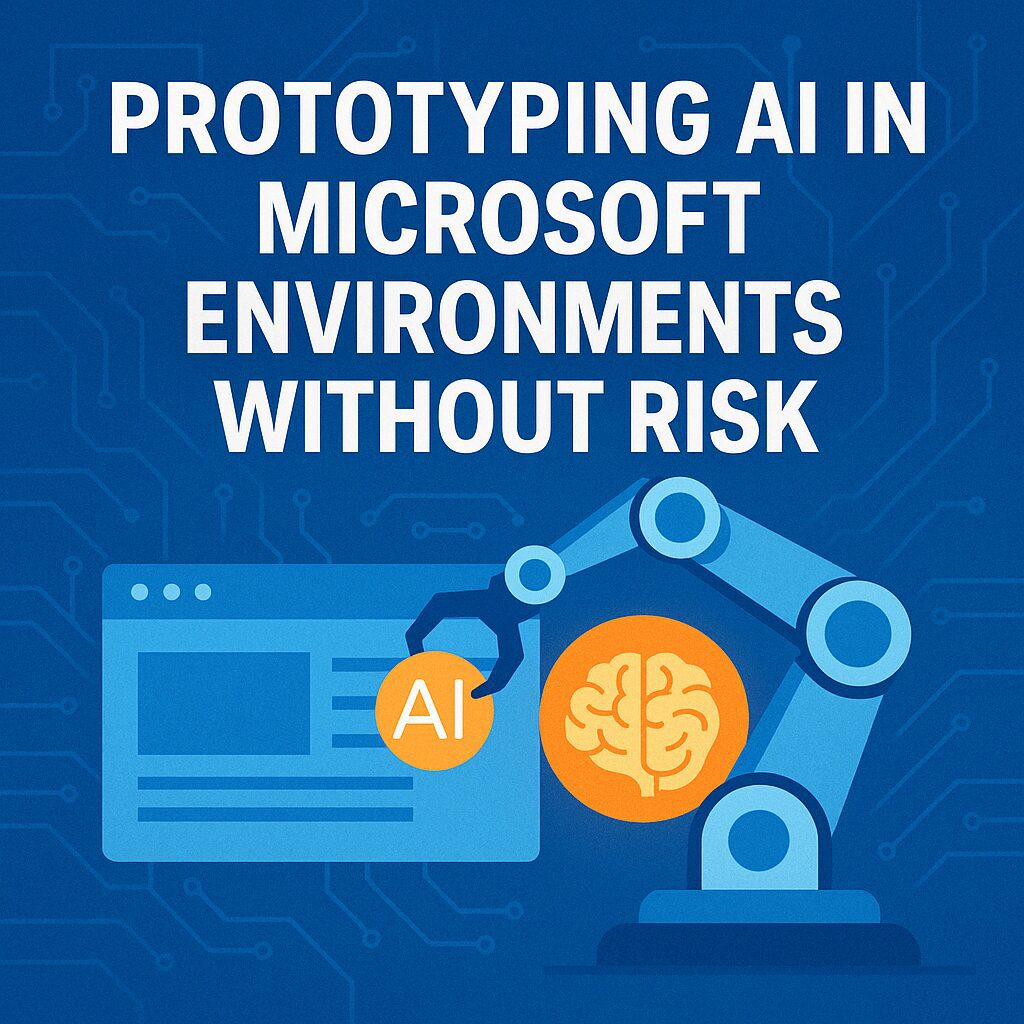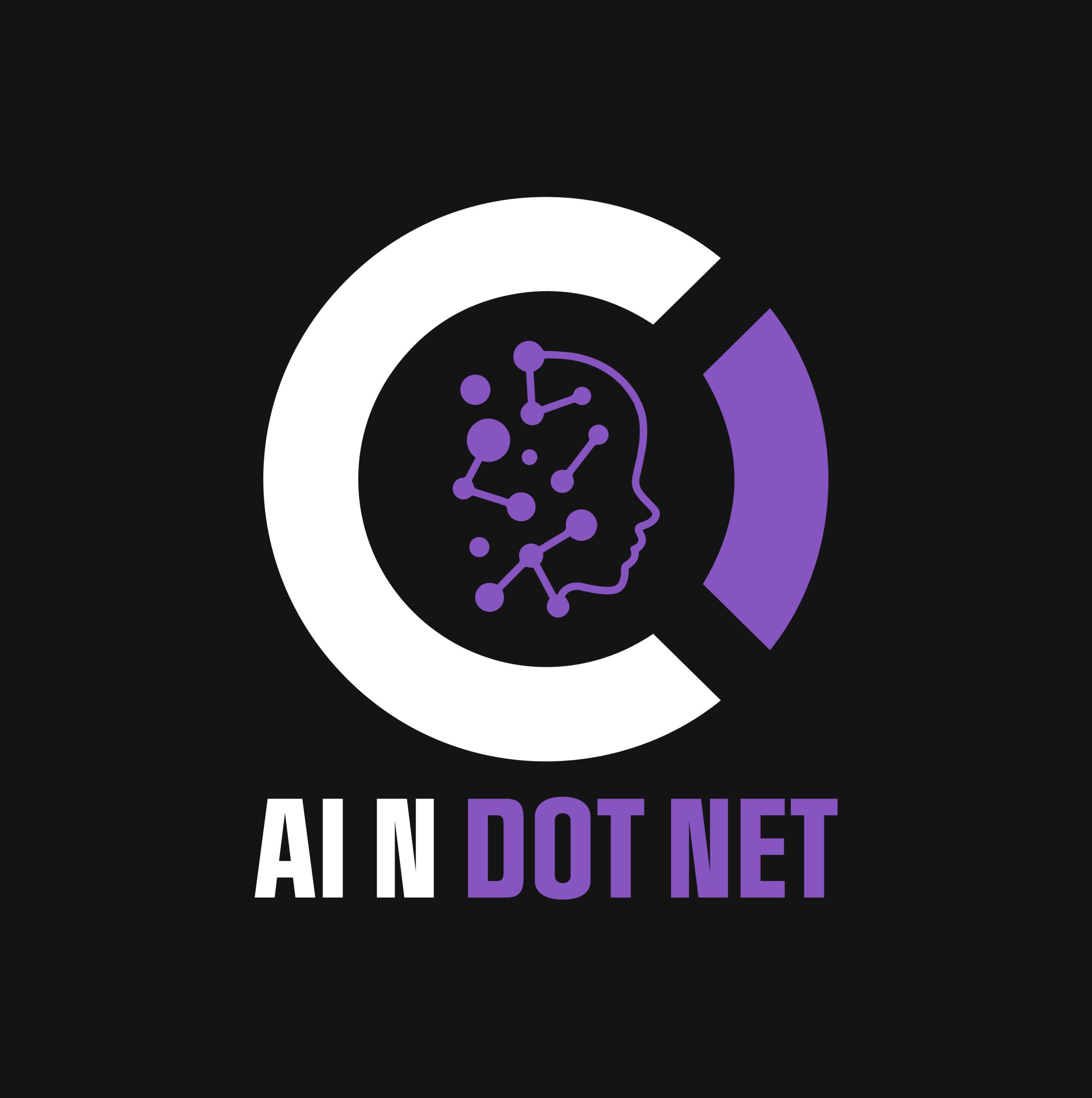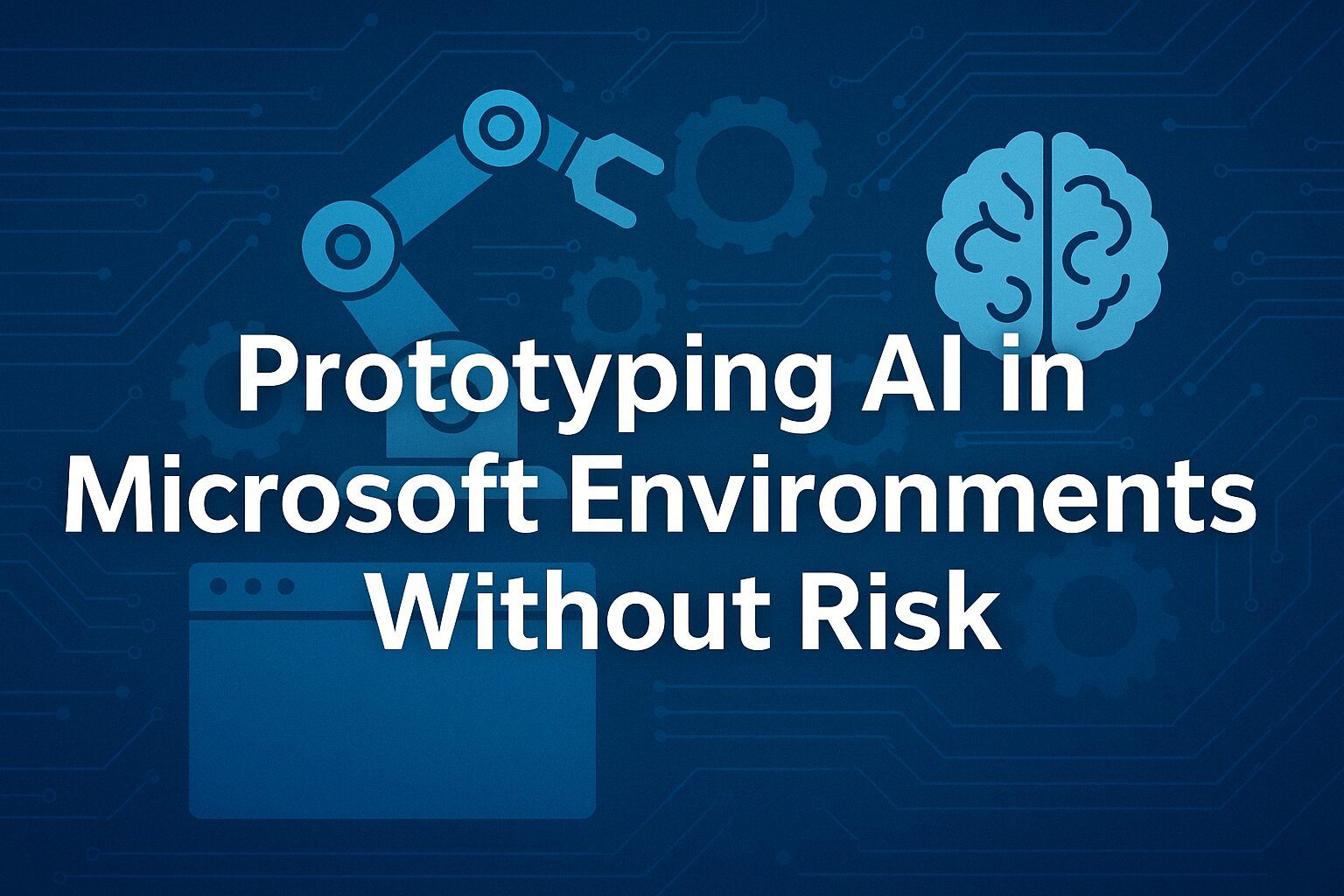A low-cost, low-risk approach for AI experimentation using Microsoft-native tools
Prototyping is where most AI projects live or die.
The wrong tools, the wrong scope, or the wrong mindset can turn promising ideas into budget black holes.
Fortunately, if your organization already uses Microsoft tools, there’s a clear, low-risk path forward. In this guide, we’ll show you how to prototype AI systems safely, quickly, and effectively—without requiring new infrastructure or high-risk investments.
🧠 Why AI Prototypes Fail (and How to Prevent It)

Most AI prototypes fail because they:
- Overreach on scope
- Depend on unfamiliar tools
- Ignore data readiness
- Lack clear business alignment
The result? Weeks of work with no usable output.
In Microsoft environments, the solution is to build smarter, not bigger—by using tools your team already knows and limiting prototypes to a single role, function, or task.
🛠️ Tools for Low-Risk AI Prototyping in the Microsoft Ecosystem
Here are five Microsoft-aligned tools that let you build functional AI prototypes in hours—not weeks:
| Tool | Best For | Strengths |
|---|---|---|
| Power Platform / Copilot Studio | Workflow automation, chatbots | Low-code, business-user friendly |
| ML.NET + AutoML | Forecasting, classification | C#-based predictive models |
| Azure OpenAI | Summarization, text generation, chat | Secure LLM access with usage limits |
| Semantic Kernel | Building intelligent agents or copilots | Planning, memory, API orchestration |
| OpenAI .NET SDK | Lightweight LLM integrations | Fast prompt–response apps in .NET |
✅ These tools let .NET developers and Microsoft-focused teams test ideas fast—without switching ecosystems or risking production data.
🚫 3 Mistakes to Avoid in AI Prototyping
Trying to build a production system from day one
Prototype = experiment. Learn first. Build later.
Skipping business stakeholder input
Include users from the start. Prototype with feedback in mind.
Ignoring data quality and privacy
Even great models fail with bad data. Clean early. Mask sensitive info.
🔄 Example: AI Resume Summarizer for HR
Use Case: Summarize candidate resumes into skill tags for HR
Stack:
- SharePoint + Power Automate
- Azure OpenAI for GPT-4 summarization
- Optional: Copilot Studio chatbot front-end
Benefits:
- Uses real Microsoft tools already in most orgs
- Data remains internal
- Cost: under $20/month in Azure
- Time to test: less than 2 hours
This type of AI prototype offers immediate business value with near-zero risk.
📈 Why Microsoft Tools Are Ideal for AI Prototypes

✅ Familiarity: Leverages existing team skills (.NET, Office, Azure)
✅ Security: Data stays in your environment
✅ Speed: Results in days, not months
✅ Governance: Complies with enterprise and government standards
✅ Integration: Seamlessly plugs into Outlook, Teams, Excel, and other platforms
👥 Who Should Lead AI Prototyping?
| Role | Responsibilities |
|---|---|
| PM or Analyst | Define scope, engage stakeholders |
| .NET Developer | Build, integrate, test the solution |
| Data Owner | Provide clean, compliant sample data |
| Department Lead | Champion use case and adoption |
AI prototyping is most successful when it’s collaborative and role-aware—not siloed inside IT.
🧭 Final Thought: Build to Learn, Not Just to Ship
The goal of an AI prototype isn’t a perfect app—it’s validation.
Microsoft tools give you everything you need to:
- Build quickly
- Contain costs
- Minimize risk
- Gather feedback
- Align business and IT early
If you’re part of a Microsoft-based enterprise or government agency, you’re closer than you think to an AI win. You just need to start small, test smart, and scale strategically.
References
ML.NET vs Semantic Kernel: How to Choose the Right Microsoft AI Tool
Want to stay ahead in applied AI?
📑 Access Free AI Resources:
- Download our free AI whitepapers to explore cutting-edge AI applications in business.
- Check out our free AI infographics for quick, digestible AI insights.
- Explore our books on AI and .NET to dive deeper into AI-driven development.
- Stay informed by signing up for our free weekly newsletter

